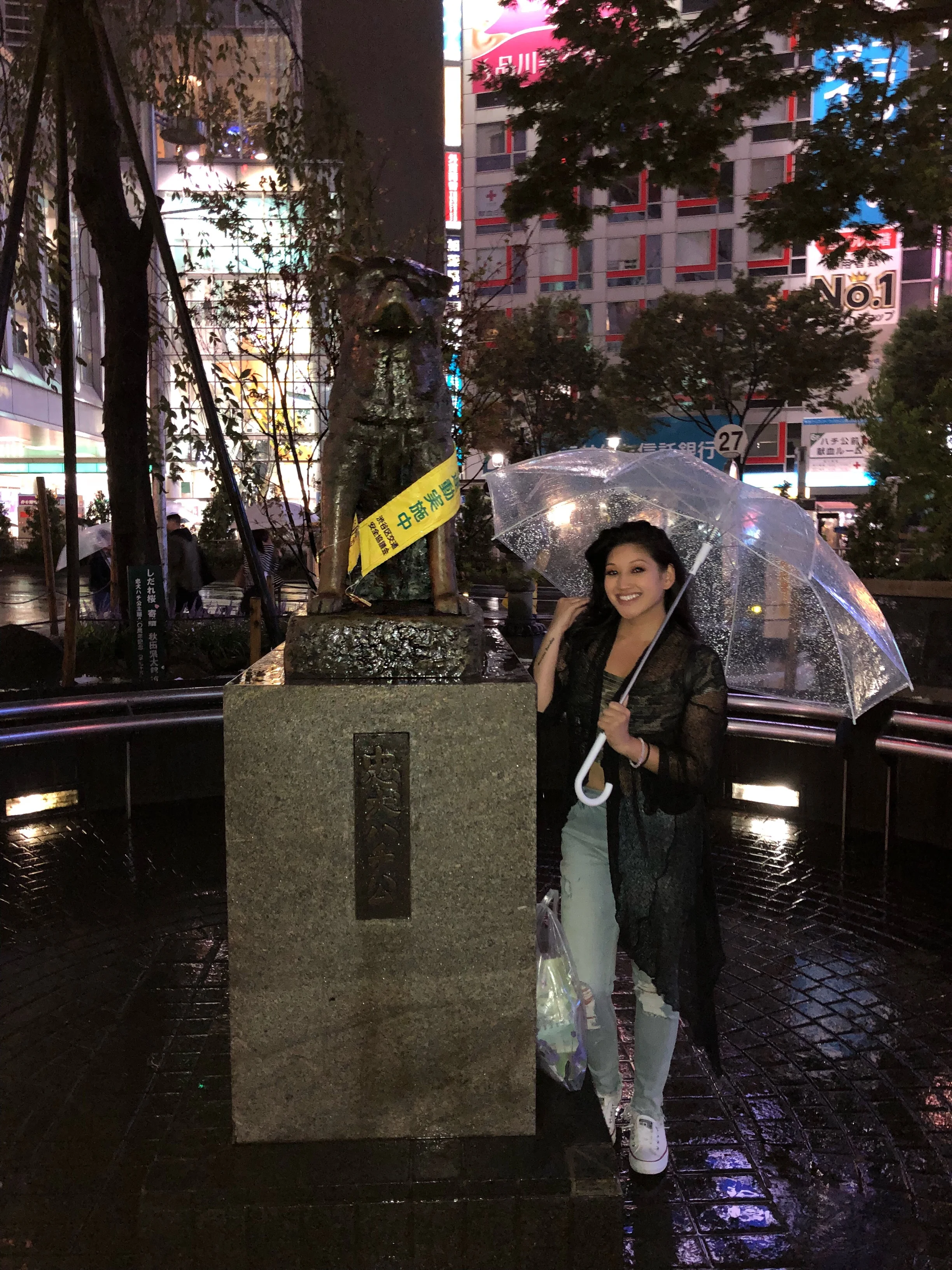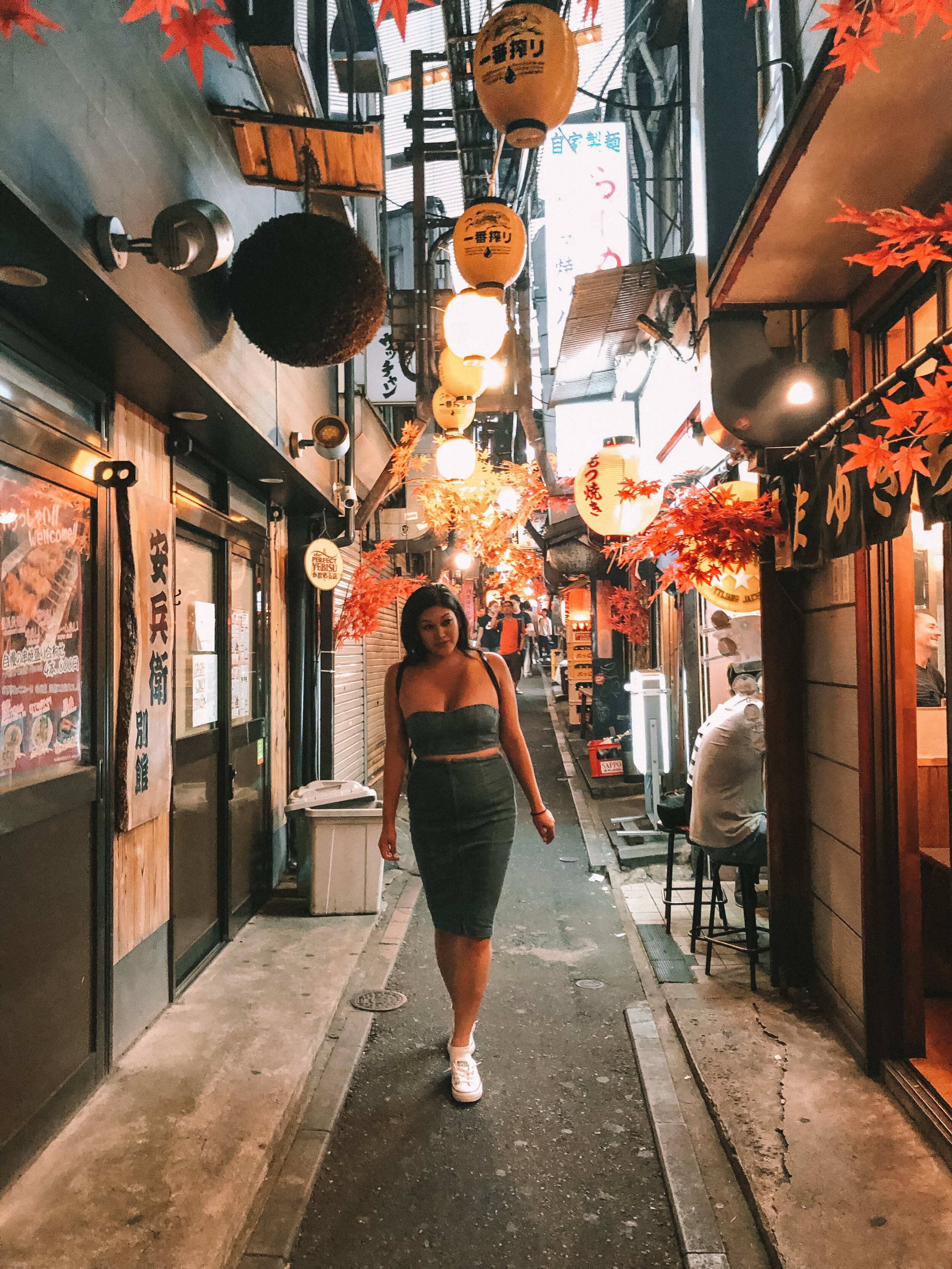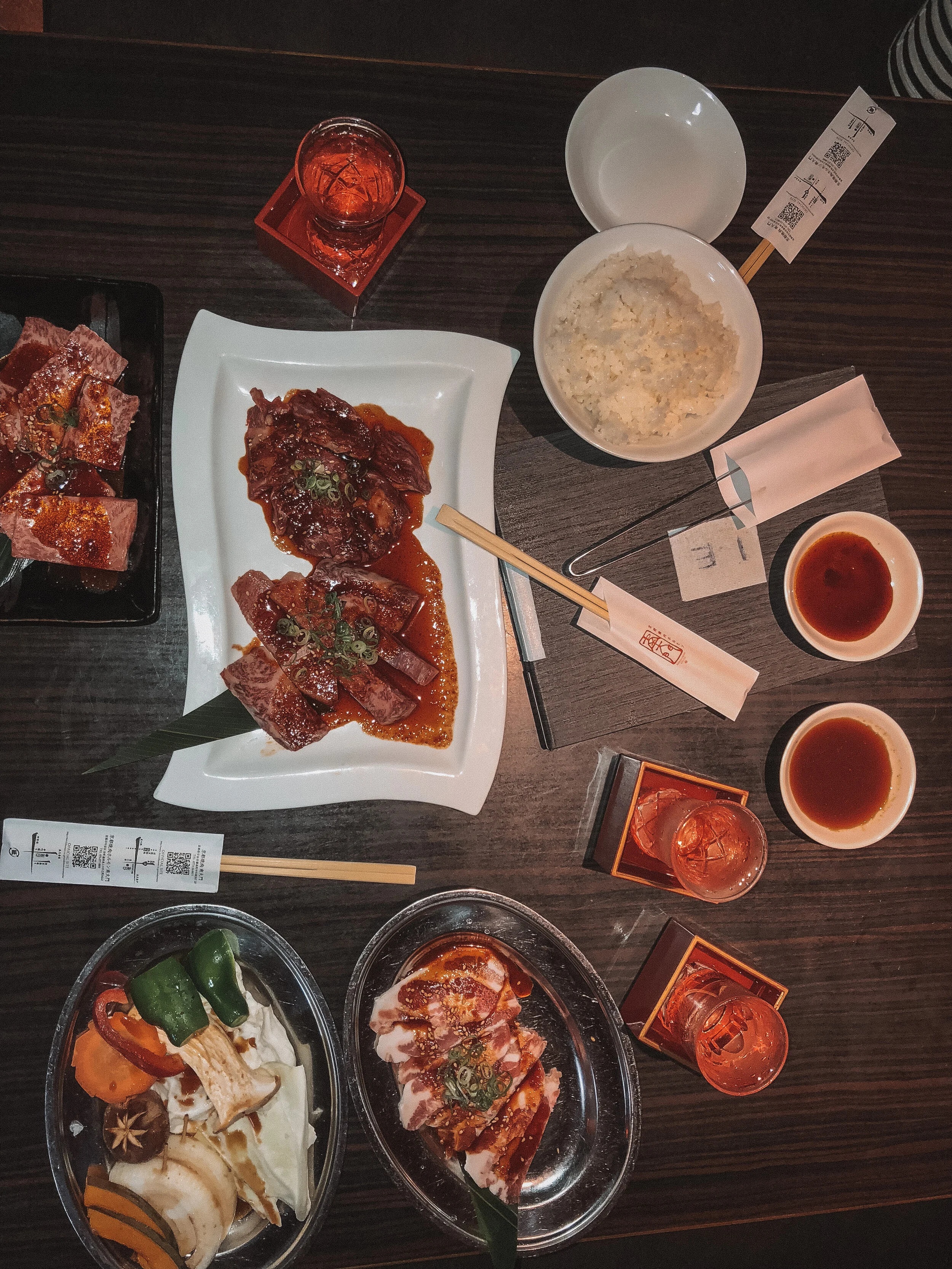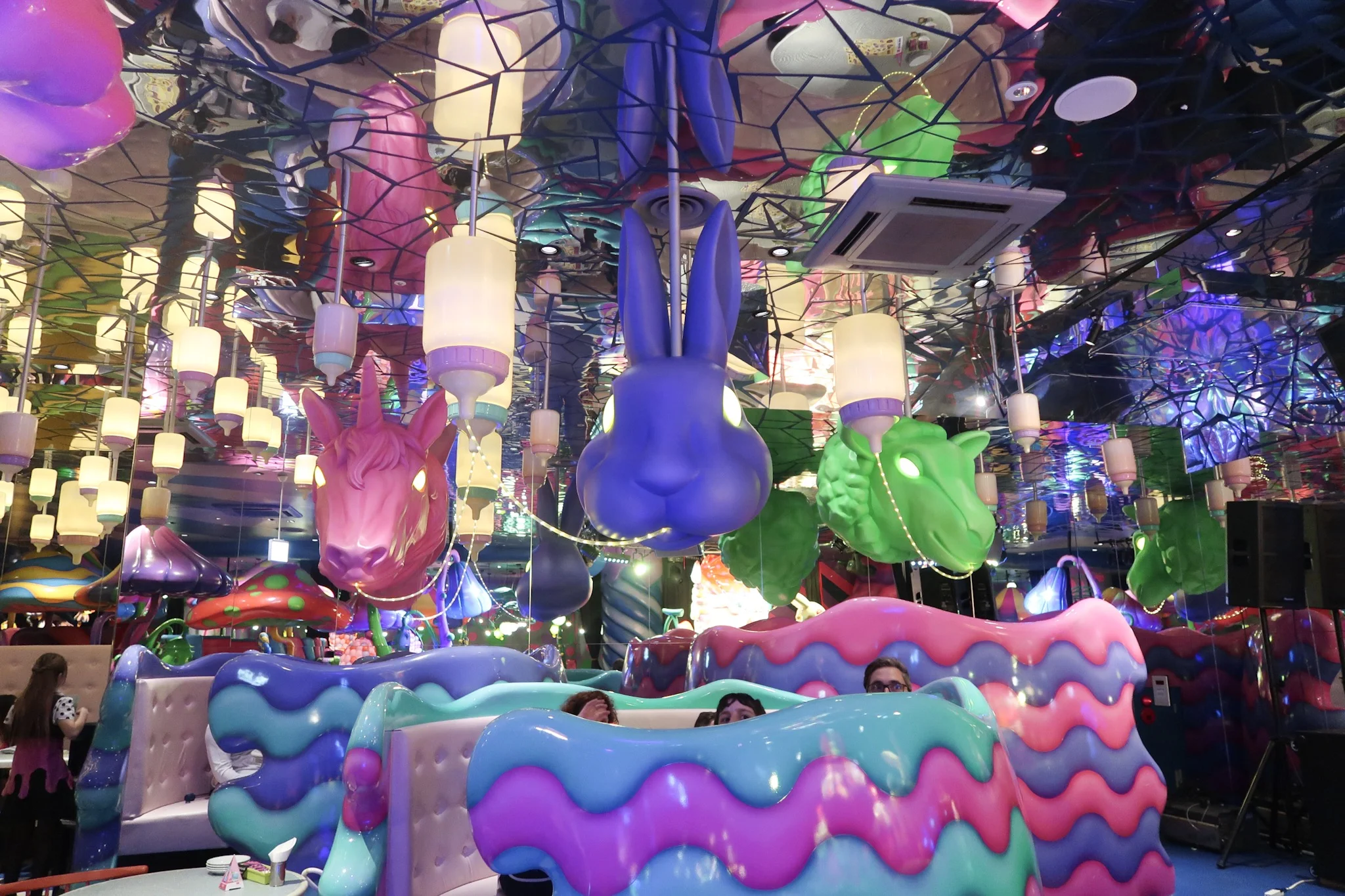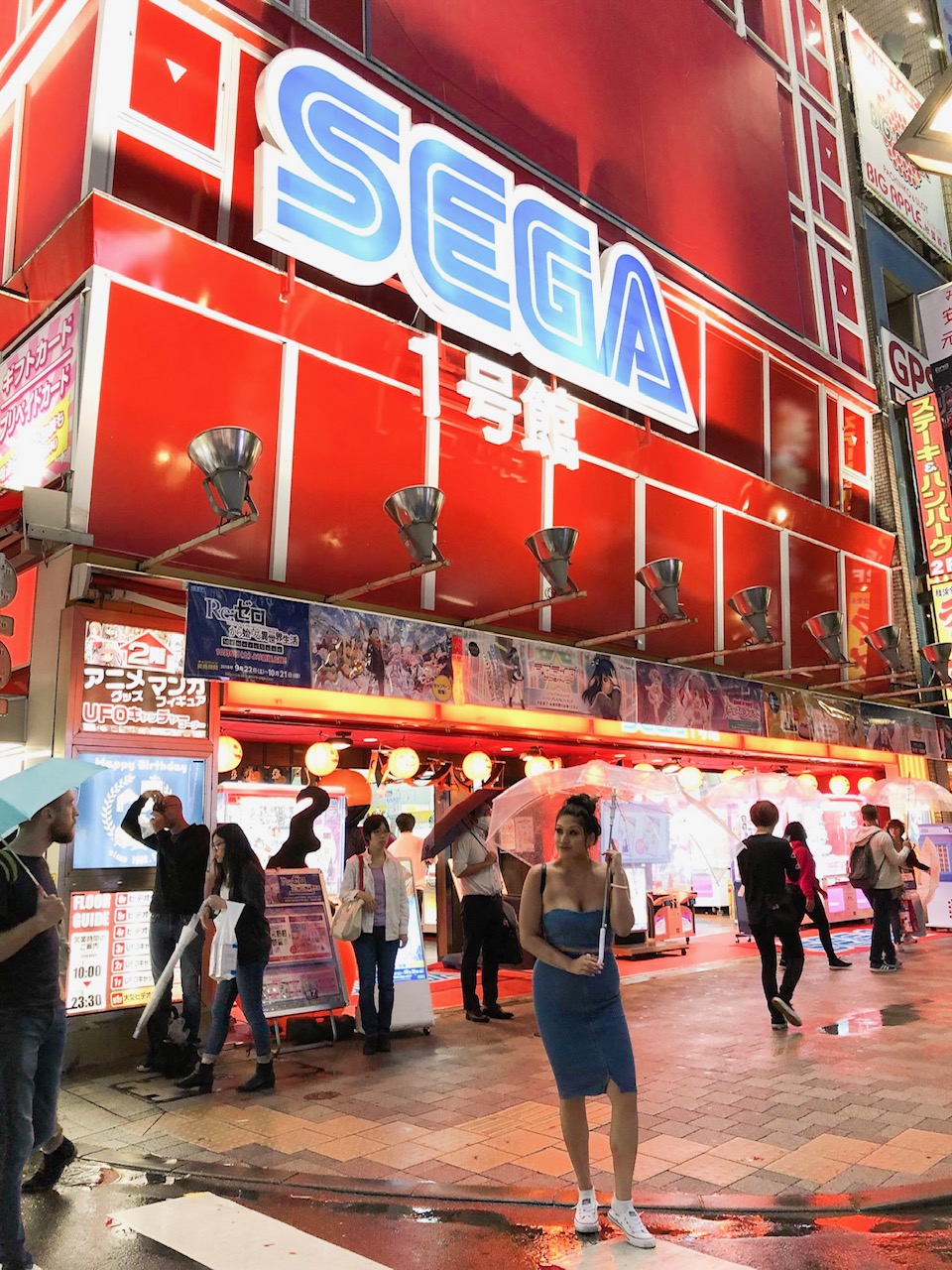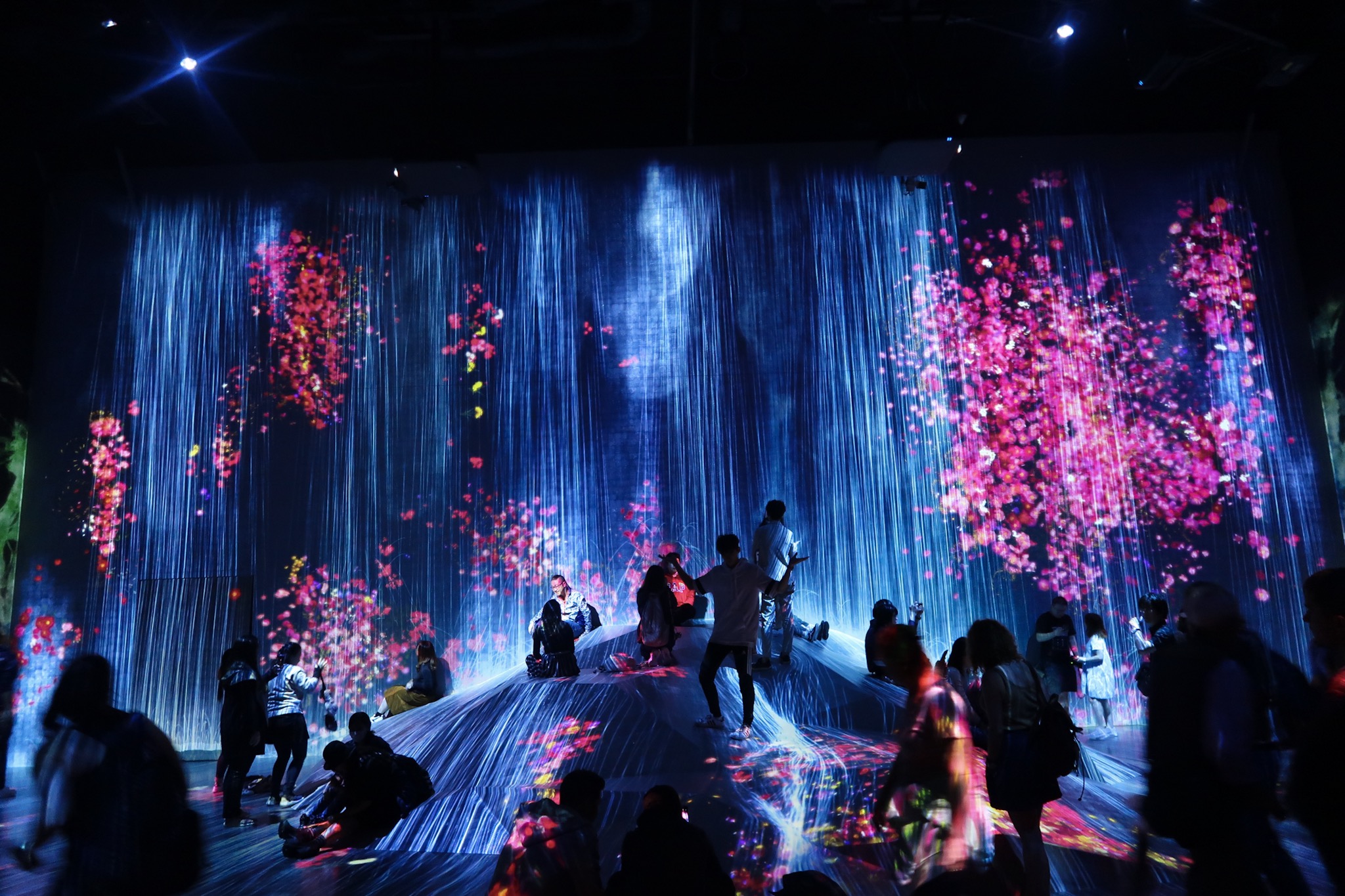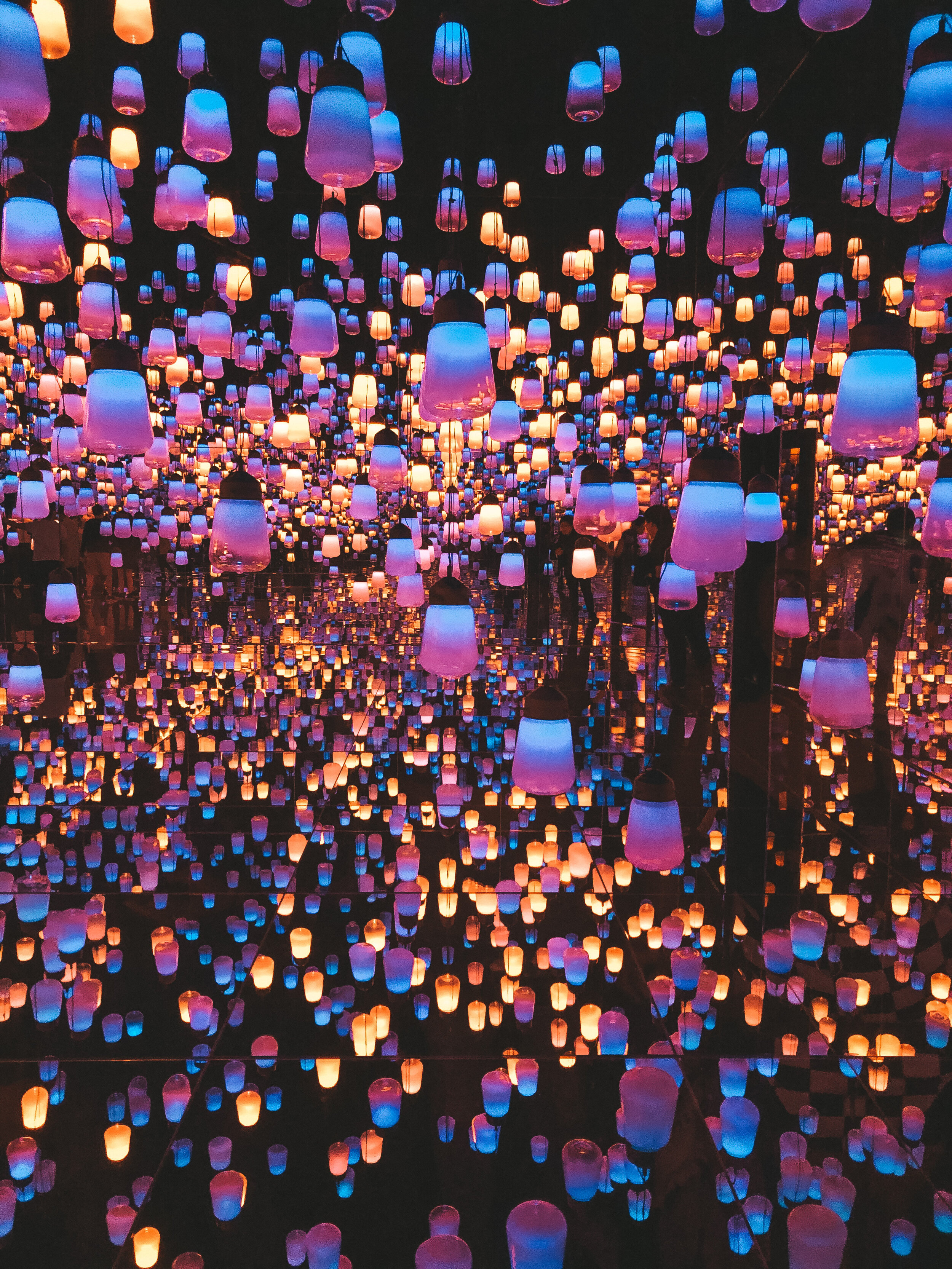Japan Guide: Tokyo
When I think of Japan, I automatically think of how progressive and innovative the Japanese are. Since coming back I’m even more in love with the culture from the food, fashion, their ridiculously clean streets down to the people. The perfect mix of traditional and modern, no other place does it better. Getting lost in Tokyo is bound to happen, its one of the largest metropolitan cites in the world. Don’t hesitate to ask for directions. A few locals spoke English and even when they didn’t, would go out of their way to help despite the language barrier.
With an overwhelming number of things to do in each district, we had to be selective and even then had to skip things on our itinerary.
Scroll down for my top recommendations and hot spots.
Where to stay: The #1 recommendation I kept hearing over and over was to stay at a capsule hotel. Japan developed the capsule hotel concept and now capsule hotels have expanded to other parts of the world like Australia, Russia, Sri Lanka. Also known as a “pod hotel” its several beds stacked up like bunk beds. It almost feels like a larger version of a tanning bed, or as my friend nicely compared it to, a coffin. Equipped with a TV, reading light, charging station, mini grooming area, it was surprisingly very cozy and comfortable. The bathroom, showers, washing machine and dryer are all shared, similar to a hostel.
We ended up staying at the Tokyo Ginza Bay capsule hotel in the Ginza district which is surrounded by designer boutiques, high end department stores, restaurants and cafes. Ginza Bay was an affordable option at $70 a night. Although the Ginza district is considered ritzy and upscale area, I personally would recommend staying closer to either Shibuya or Shinjuku. With Tokyo being so big, I feel like these areas are the heart of Tokyo.
Photo credit: Shutterstock.com
To honor Hachikō, the Japanese cemented a bronze statue right were he used to sit everyday.
Shibuya District:
Scramble Crossing: aka Shibuya crossing, the biggest pedestrian crossing in the world.
Shibuya 109: For the latest in Japanese women’s fashion, Shibuya 109 is packed with 10 floors of trendy clothing, accessory shops, make-up counters, and cafes. I wasn’t able to check this off my list because of time, but I hear its a must for all shopaholics. For the men, Magnet by Shibuya 109 is across the street and has a rooftop observatory deck overlooking scramble crossing.
Hachikō Statue: Located right outside the Shibuya train station and on your way to Shibuya crossing, you’ll notice crowds of people taking pictures in front of this memorial. Being an admirer of the story and the movie, seeing this was a special highlight. Hachikō is a true story of an akita dog famous for his devotion and loyalty to his master, Ueno. For the full background on why this dog was so celebrated check out the movie “Hachi: A Dog’s Tale” or click here.
Shinjuku District:
Kabukicho: Let the bright, neon lights lead you to the biggest red light district in Japan also nicknamed “ Sleepless Town”. Although I never felt unsafe, at night this area is known to be a bit dark and shady. The Yakuza aka Japanese mafia run a lot of businesses in the neighborhood. You’ll find sex shops, nightclubs, bars, host and hostess clubs, love hotels, massage parlors. Again Japan is quite safe, but there are some interesting stories and reports about this area specifically along with Roppongi , involving roofied drinks. Just be cautious about the establishments you wander into.
You’ll also find themed restaurants, karaoke and Godzilla on top of the Toho building.
Photo credit: Aon168 / Shutterstock.com
Omoide Yokocho aka “Piss Alley”: For that authentic, old Japan feel, head over to this intimate alley with about 60 izakayas to choose from. Izakayas, similar to a pub, is casual dining with lots of alcohol. The perfect place to enjoy bbq yakitori with a side of sake. Omoide Yokocho translates to “memory lane”. It’s also nicknamed by the locals, “piss alley” due to the lack of public restrooms, back in post World War II days.
Address: 7-13-12 Nishi-Shinjuku, Shinjuki-ku, Tokyo 160-0023
Robot Restaurant: Recognized as more of an entertainment show than a restaurant, it combines robots, dancing, drums, superheroes, flashing lights and at one point someone in a huge panda suit. You may not fully comprehend the different stories they’re trying to tell, but oddly enough it was one of the best live performances I’ve ever seen. It was like watching a real-life anime. While they have meal options, it was recommended to eat somewhere else beforehand. If you do get hungry they sell tubs of popcorn and beer before the show starts and during intermission.
They overcharge $74 USD per person at the door, but we purchased tickets a month ahead at Klook.com for only $52 USD. Voyagin is another site to check out with discounted tickets.
Address: 1-7-1 Kabukicho, B2F Shinjuku Robot Bldg, Shinjuku-ku, Tokyo
Golden Gai: Sadly, one place we didn’t get experience because of limited time is Golden Gai. A similar vibe to Omide Yokocho, this area is bigger with over 200 tiny bars squeezed together within 6 small alleys. Pay attention to the signs outside, not every bar will cater to foreigners, some ask for a cover charge and some won’t. I’ve also heard some bars have seating room for only 4-5 people, which was comparable to Omoide Yokocho, seating was limited and overall space was compact. My suggestion, start the night young and get there early.
Harajuku District:
Located in between Shibuya and Shinjuku, the Harajuku district is known for edgy streetwear fashion. Japanese women tend to be more on the conservative, minimal side with long skirts, basic t-shirts and cardigans. But Harajuku, Tokyo fashion on the other hand is unconventional, eccentric…BOLD. That’s what you find here, anything goes .
Takeshita Dori is a famous pedestrian street lined with unique fashion and accessory boutiques. Some shops even have Purikura. Big in Japan’s pop culture, it’s a photo booth where you can change your hair or eye color, add snapchat like filters and further customize the pic by adding stickers or changing the backdrop.
Kawaii Culture: Kawaii translates to “cute" or “cuteness”. Basically anything that’s sweet, adorable or innocent is considered Kawaii. Think Hello Kitty and Sanrio, Pikachu from Pokeman as a few popular examples. Kawaii culture lives in Harajuku.
If you have a sweet tooth, this place has got you covered with a selection of crepes, ice cream, and cream puff stands. My personal favorite, the insta-famous rainbow cotton candy from Totti Candy Factory. For 900 YEN, you get 6 different flavors and cotton candy that’s as big as your head.
Kawaii Monster Cafe: For a unique, colorful dining experience, look no further than Kawaii Monster Cafe. If Charlie and the Chocolate Factory and Alice in Wonderland had a baby, this would be it. From the playful, whimsical aesthetic to the colorful food, this place truly embodies Harajuku’s vibe.
Once you’re seated in one of the 4 unique dining areas, the Milk Stand, Mushroom Disco, Mel-Tea room, or Bar Experiment, you’re handed a giant Ipad as your menu. I ordered the colorful rainbow pasta which came with different colored dipping sauces (1300 YEN) and their colorful poison parfait (2300 YEN). They also had a great selection of alcoholic and non-alcoholic beverages which they listed as “druggy” and “non-druggy” cocktails.
“Monster Girls” decked out in Harajuku style, walk around to greet guests, take pictures, and perform cabaret shows.
Cost: An admission fee of 500 YEN and guests are required to order one drink and one food item. Price for food ranges from 700 YEN to 2,800 YEN.
Address: 4-31-10 Jingumae 4F, YM Square Bldg, Shibuya 150-0001 Tokyo
Asakuasa District:
Sensoji Temple: Out of all temples and shrines I visited, this one was my favorite. Built in the 7th century, the oldest temple in Tokyo is also one of the most significant Buddhist temples in Japan. Located in Asakusa, the temple was built in honor of Kannon, the goddess of mercy and happiness. Before heading into any shrine or temple for prayer, its customary to cleanse or “chozu”. Some shrines and temples will have instructions on how to chozu, but if they don’t click here to view this video ahead of time, it definitely helped me.
Walking in, I immediately noticed crowds of people hovered around a big pot of incense and fire, waving the smoke towards them. It’s believed the smoke heals and purifies the body.
Temples and shrines have fortunes or omikuji. For 100 YEN, you randomly pick your paper fortune. If you get a bad fortune, leave it at the temple and the fortune is said to be reversed.
Wooden plaques known as Ema can also be bought on site. It’s where you write your wishes, prayers, dreams to the Gods. It’s then hung up until the burning ritual takes place, once burned the wish or prayer is set free. Cost can range from 500 Yen to 1,000 YEN
Entrance Fee: Free
Address: 2-3-1 Asakusa, Taito 111-0032, Tokyo
Nakamise-Dori : Leading into Sensoji Temple is a shopping market with street food, sweets and souvenir stalls filled with specialty items like kimonos, samurai swords, geisha dolls and classic Japanese snacks. I recommend doing most of your souvenir shopping here. Sidenote: I over payed for souvenirs in Kyoto. Coming to this market I saw plenty of the same things I bought for a slightly cheaper price.
Akihabara District:
Also known as “Electric Town”. You’ll discover retro consoles like Gameboy, Nintendo and Sega in mint condition, video games, multi-level electronic shops and computer stores. This is also the go to place for anime goods, cosplay costumes and manga comic books.
Sega Game Center: With 7 floors of claw machines and arcades, it’s a gamer’s paradise. Club Sega has different locations across the city, Akihabara and Shinjuku are the biggest.
Address: 1-11-11 Sotokanda, Chiyoda 101-0021, Tokyo
Japan loves their themed cafes. Popular choices here include Gundam Cafe (based on the Japanese robot anime, similar to transformers) and the maid cafes, where you get served by cute girls in maid outfits.
The locals are the friendliest human beings you’ll ever meet. For instance, a stranger randomly handed over his umbrella to my friends in the middle of a rain storm.
Gachapon: Capsule toys from vending machines, are all the rage in Japan and you’ll find them just about anywhere and everywhere. In Akihabara, you’ll find “gachapon halls” which are stores lined with numerous gachapon machines. Choose between you’re favorite anime characters to half naked figurines, there’s something for everyone.
Photo credit: InfantryDavid / Shutterstock.com
Photo credit: Parote Patrungsee / Shutterstock.com
Odaiba District:
Mori Building Digital Art Museum: A couple years back I visited this exhibition when it was held in the Bay Area, in a much smaller space. So I was super excited to learn they had permanent exhibit in Tokyo. Still fairly new, it opened just last summer. An instagrammer’s playground with several rooms of digital art installations, it’s easy to spend a good 4-5 hours here, maybe even more. The two most instagrammed spaces are the floating lantern and crystal rooms, so get to those first to avoid the long lines. They offer tickets 2 months in advance.
Cost: 3,200 YEN
Address: Odaiba Palette Town, 1-3-8 Aomi, Koto-ku, Tokyo,


